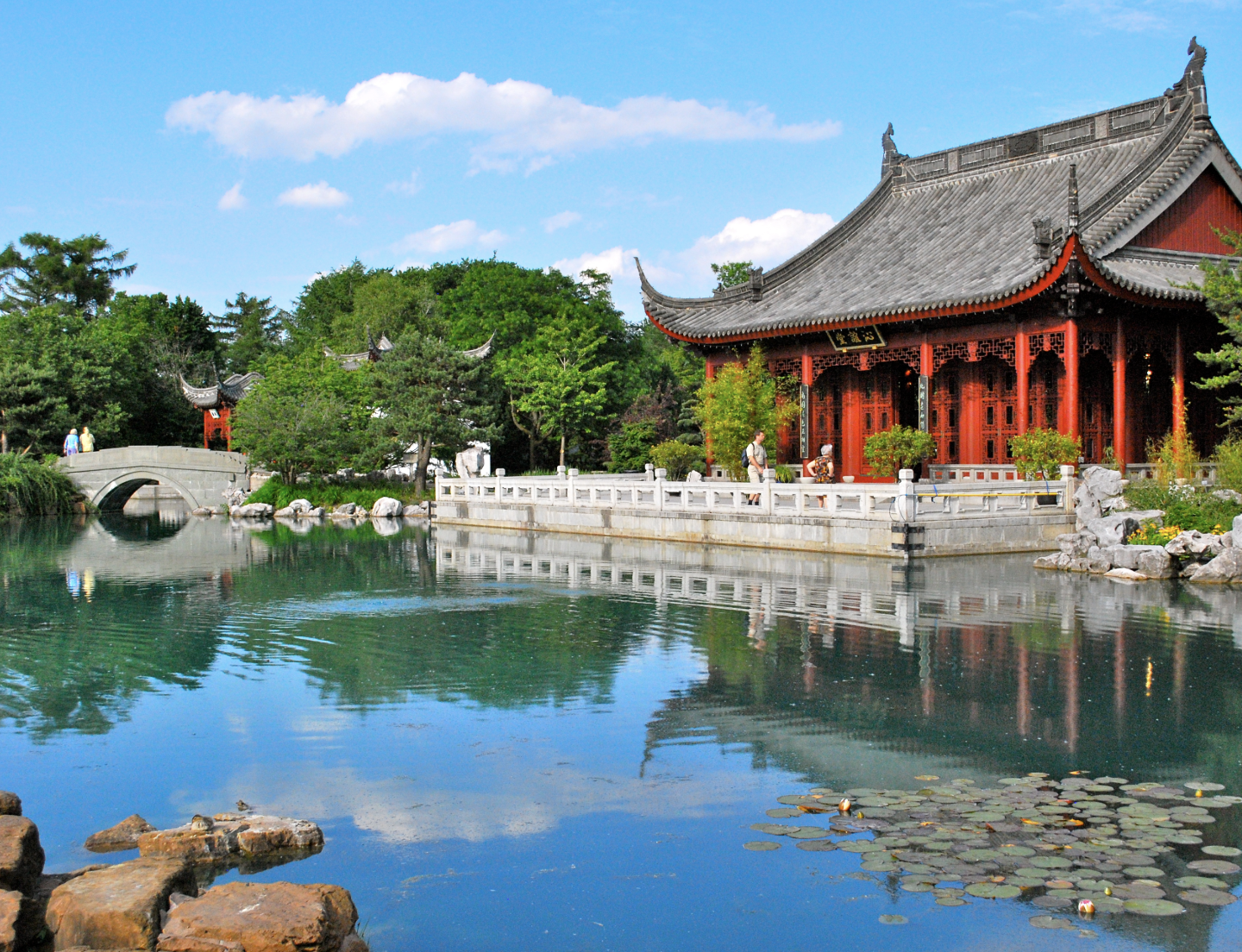World Wednesday: Chinese Architecture
We’ve all seen it. The curved arches of Chinese roofs and the architecture look so majestic. Not only do they look great but there was a method to their madness behind what they did. Read below the 3 main features of Chinese roof architecture:
Timber Jointing Systems: Joints were typically favored over metal fixings. The interlocking columns not only made them strong, but very interesting to look at as well!
Curved Shapes: The up-curved eaves are the most recognizable feature of Chinese architecture. This first appeared during the Han Dynasty from 206 BC to 220 AD. They were the preferred method until the Song Dynasty from 970 - 1279.
Round Tiles: These kinds of tiles were more commonly used with profiles of arcs and semicircles. The most common way to interlock rounded tiles was to place rows of cupped tiles on the roof, then some rows of arched tiles spanning between them.
3 Functions of ancient roofs
Drainage: The use of lines, curves and eaves not only increased the surface area, but provided a great way for water to drain off of the roof. This would also reduce snow load as well in the winter time. Not only did it help the drainage, but it was nice to look at as well.
Protection: Chinese roods typically had wide eaves, which provided protection to the walls from even the fiercest wind driven rainfall.
A Symbol of Hierarchy: Architecture in China showed many different levels of importance for buildings. Hip roofs were usually used for Imperial Palaces, resting hill roofs were used for official buildings such as the Government and hard hill roofs were used for civil buildings.
As you can see, these roofs are beautiful, but a lot of thought went into the architecture of these roofs in order to protect the most valuable asset inside, their family.

